Latest Posts by santios87 - Page 2

Artist’s plans.
I recall you making the comparison (at least once) that Twitter is to blogging like crack cocaine is to a nice glass of wine (or something to that effect). I was wondering what comparison your Tumblr experience would elicit, or would Tumblr kind of fall under the generic "blogging" umbrella?
Tumblr is junk food. It’s mostly really nice junk food, though. Like the kind of chocolate that comes packaged in wrapping that points out that nobody was enslaved or murdered to bring you this chocolate, and that trees were planted and anyway, cocoa is an antioxidant. So you can absolutely almost forget that, at the end of the day, you’re still scoffing chocolate.
Humpback Whale Song by cainedelacy

🧦
Muscle

egg.

Cheering up a friend <3
tumblr is social media for people who don't exist

The Willows, 1885, Claude Monet

Jumping Fox


L'OEL DE SHINJUKU
Beautiful!!

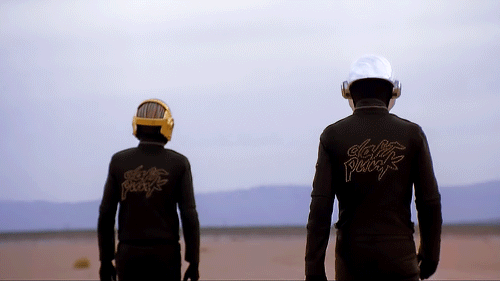
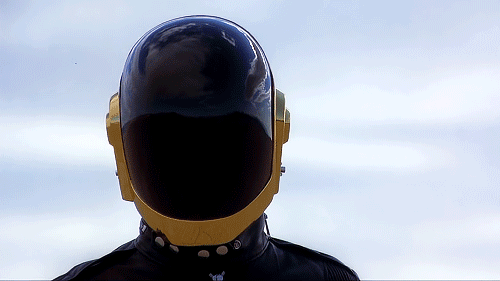
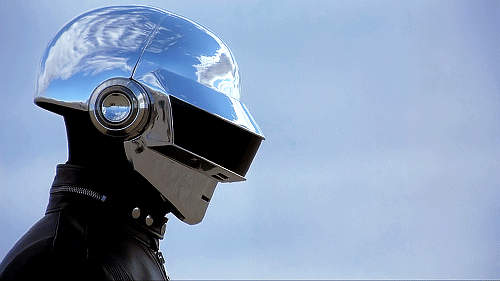
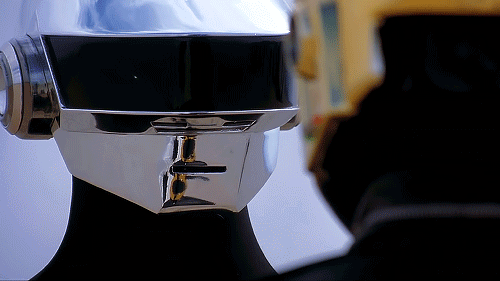
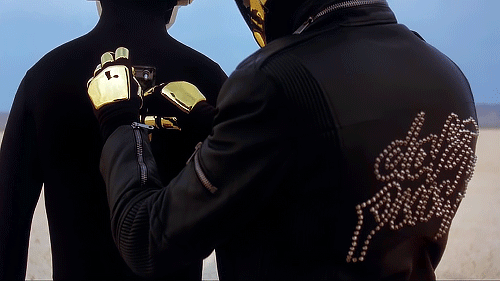




Daft Punk: 1993 - 2021
Faster than light?
You’re Always Surrounded by Neutrinos!
This second, as you’re reading these words, trillions of tiny particles are hurtling toward you! No, you don’t need to brace yourself. They’re passing through you right now. And now. And now. These particles are called neutrinos, and they’re both everywhere in the cosmos and also extremely hard to find.

Neutrinos are fundamental particles, like electrons, so they can’t be broken down into smaller parts. They also outnumber all the atoms in the universe. (Atoms are made up of electrons, protons, and neutrons. Protons and neutrons are made of quarks … which maybe we’ll talk about another time.) The only thing that outnumbers neutrinos are all the light waves left over from the birth of the universe!

Credit: Photo courtesy of the Pauli Archive, CERN
Physicist Wolfgang Pauli proposed the existence of the neutrino, nearly a century ago. Enrico Fermi coined the name, which means “little neutral one” in Italian, because these particles have no electrical charge and nearly no mass.

Despite how many there are, neutrinos are really hard to study. They travel at almost the speed of light and rarely interact with other matter. Out of the universe’s four forces, ghostly neutrinos are only affected by gravity and the weak force. The weak force is about 10,000 times weaker than the electromagnetic force, which affects electrically charged particles. Because neutrinos carry no charge, move almost as fast as light, and don’t interact easily with other matter, they can escape some really bizarre and extreme places where even light might struggle getting out – like dying stars!

Through the weak force, neutrinos interact with other tiny fundamental particles: electrons, muons [mew-ons], and taus [rhymes with “ow”]. (These other particles are also really cool, but for right now, you just need to know that they’re there.) Scientists actually never detect neutrinos directly. Instead they find signals from these other particles. So they named the three types, or flavors, of neutrinos after them.
Neutrinos are made up of each of these three flavors, but cycle between them as they travel. Imagine going to the store to buy rocky road ice cream, which is made of chocolate ice cream, nuts, and marshmallows. When you get home, you find that it’s suddenly mostly marshmallows. Then in your bowl it’s mostly nuts. But when you take a bite, it’s just chocolate! That’s a little bit like what happens to neutrinos as they zoom through the cosmos.

Credit: CERN
On Earth, neutrinos are produced when unstable atoms decay, which happens in the planet’s core and nuclear reactors. (The first-ever neutrino detection happened in a nuclear reactor in 1955!) They’re also created by particle accelerators and high-speed particle collisions in the atmosphere. (Also, interestingly, the potassium in a banana emits neutrinos – but no worries, bananas are perfectly safe to eat!)

Most of the neutrinos around Earth come from the Sun – about 65 billion every second for every square centimeter. These are produced in the Sun’s core where the immense pressure squeezes together hydrogen to produce helium. This process, called nuclear fusion, creates the energy that makes the Sun shine, as well as neutrinos.

The first neutrinos scientists detected from outside the Milky Way were from SN 1987A, a supernova that occurred only 168,000 light-years away in a neighboring galaxy called the Large Magellanic Cloud. (That makes it one of the closest supernovae scientists have observed.) The light from this explosion reached us in 1987, so it was the first supernova modern astronomers were able to study in detail. The neutrinos actually arrived a few hours before the light from the explosion because of the forces we talked about earlier. The particles escape the star’s core before any of the other effects of the collapse ripple to the surface. Then they travel in pretty much a straight line – all because they don’t interact with other matter very much.

Credit: Martin Wolf, IceCube/NSF
How do we detect particles that are so tiny and fast – especially when they rarely interact with other matter? Well, the National Science Foundation decided to bury a bunch of detectors in a cubic kilometer of Antarctic ice to create the IceCube Neutrino Observatory. The neutrinos interact with other particles in the ice through the weak force and turn into muons, electrons, and taus. The new particles gain the neutrinos’ speed and actually travel faster than light in the ice, which produces a particular kind of radiation IceCube can detect. (Although they would still be slower than light in the vacuum of space.)

In 2013, IceCube first detected high-energy neutrinos, which have energies up to 1,000 times greater than those produced by Earth’s most powerful particle collider. But scientists were puzzled about where exactly these particles came from. Then, in 2017, IceCube detected a high-energy neutrino from a monster black hole powering a high-speed particle jet at a galaxy’s center billions of light-years away. It was accompanied by a flash of gamma rays, the highest energy form of light.

But particle jets aren’t the only place we can find these particles. Scientists recently announced that another high-energy neutrino came from a black hole shredding an unlucky star that strayed too close. The event didn’t produce the neutrino when or how scientists expected, though, so they’ve still got a lot to learn about these mysterious particles!
Keep up with other exciting announcements about our universe by following NASA Universe on Twitter and Facebook.
Make sure to follow us on Tumblr for your regular dose of space: http://nasa.tumblr.com.
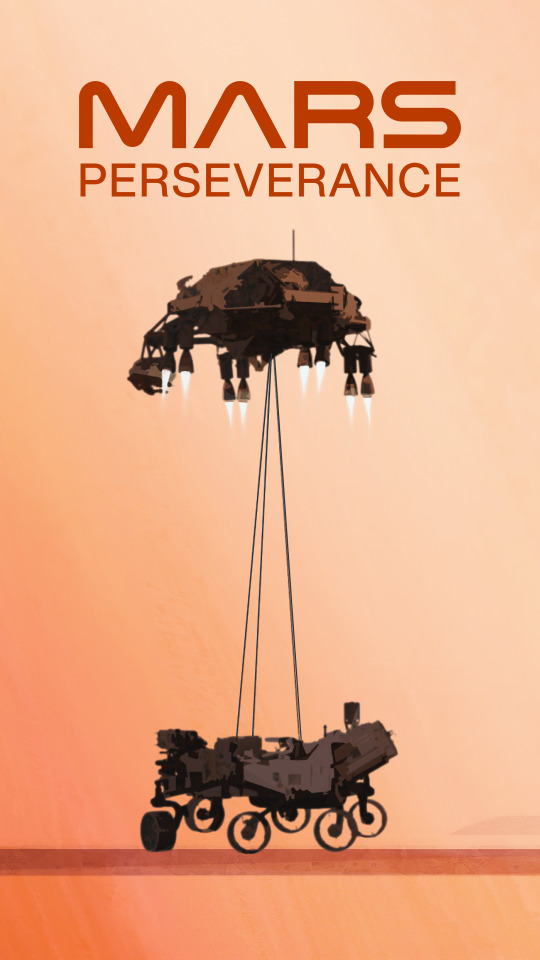



It's LANDING DAY for our Perseverance Mars Rover and her mission to search for ancient signs of life on the Red Planet! Update your phones with our #CountdownToMars wallpapers today:
https://www.nasa.gov/feature/perseverance-mars-rover-wallpaper-images/
Watch LIVE coverage today starting at 2:15pm ET (18:15 UTC):
Make sure to follow us on Tumblr for your regular dose of space: http://nasa.tumblr.com

The dots in the sky, Jupiter and Saturn.
2020 went like:
This is so cool! Love it.
Little birds goes to work.
All these pics make my illusion to visit Japan soon even bigger

starting point

SFW artist making NSFW art.
NSFW artist making SWF art.

Read recommendations
Get to Know the 5 College Teams Sending Their Experiments to Space!
Did you know that YOU (yes you!), can send science experiments to the International Space Station?
To celebrate 20 years of continuous human presence on the International Space Station, NASA STEM on Station is sending five student experiments to the space station through Student Payload Opportunity with Citizen Science (SPOCS). Selected teams will also engage K-12 students as a part of their experiment through citizen-science.
Get to know the 5 college teams sending their experiments to space!
Arkansas State University
Team: A-State Science Support System

Experiment Title: Microgravity Environment Impact on Plastic Biodegradation by Galleria mellonella
Experiment Description: Discover the ability of wax worms to degrade plastics in space.
Why did you propose this experiment?
Our team’s passion for sustainability developed into novel ideas for space travel through biodegradation of plastics.
How will the experiment benefit humankind or future space exploration?
If our experiment is successful, it will “launch” us closer to understanding how to reduce humankind’s plastic footprint on Earth and allow us to safely push farther into unknown planetary habitats.
How have you worked together as a team during the pandemic?
Unknown to each other before the project, our interdisciplinary team formed through virtual communication.
What science fiction character best represents your team and why?
The sandworms of Dune represent our team perfectly considering their importance in space travel, the natural ecological service they provide, and their sheer awesomeness
Columbia University
Team: Columbia Space Initiative

Experiment Title: Characterizing Antibiotic Resistance in Microgravity Environments (CARMEn)
Experiment Description: Discover the impact of mutations on bacteria in microgravity when grown into a biofilm with fungus.
Why did you propose this experiment?
As a highly interdisciplinary team united by our love of outer space, SPOCS was the perfect opportunity to fuse biology, engineering, and education into a meaningful team project.
How will the experiment benefit humankind or future space exploration?
Studying how different microorganisms interact with each other to develop bacterial resistance in space will help improve antibiotic treatments for future Artemis astronauts.
How have you worked together as a team during the pandemic?
Most of our team actually hasn’t ever met in person—we’ve been videoconferencing weekly since May!
What science fiction character best represents your team and why?
Our team is definitely Buzz Lightyear from Toy Story, because we strive to reach infinity (or at least the International Space Station) and beyond!
Stanford University
Team: Stanford Student Space Initiative

Experiment Title: Biopolymer Research for In-Situ Capabilities (BRIC)
Experiment Description: Determine how microgravity impacts the solidification of biobricks.
Why did you propose this experiment?
We have an ongoing project to design and build a machine that turns lunar or Martian soil into bricks, and we want to learn how reduced gravity will impact the process.
How will the experiment benefit humankind or future space exploration?
We are studying an environmentally-friendly concrete alternative that can be used to make structures on Earth and other planets out of on-site, readily available resources.
How have you worked together as a team during the pandemic?
We transitioned our weekly meetings to an online format so that we could continue at our planned pace while maintaining our community.
What science fiction character best represents your team and why?
Like our beloved childhood friend WALL-E, we craftily make inhospitable environments suitable for life with local resources.
University of Idaho
Team: Vandal Voyagers I

Experiment Title: Bacteria Resistant Polymers in Microgravity
Experiment Description: Determine how microgravity impacts the efficacy of bacteria resistant polymers.
Why did you propose this experiment?
The recent emphasis on surface sterility got us thinking about ways to reduce the risk of disease transmission by surfaces on the International Space Station.
How will the experiment benefit humankind or future space exploration?
If successful, the application of proposed polymers can benefit humankind by reducing transmission through high contact surfaces on and off Earth such as hand rails and door handles.
How have you worked together as a team during the pandemic?
We are allowed to work collaboratively in person given we follow the current university COVID guidelines.
What science fiction character best represents your team and why?
Mark Watney from The Martian because he is willing to troubleshoot and problem solve on his own while collaborating with NASA from afar.
University of New Hampshire at Manchester
Team: Team Cooke

Experiment Title: Novel Methods of Antibiotic Discovery in Space (NoMADS)
Experiment Description: Determine how microgravity impacts the amount of bacterium isolates that produce antibiotic metabolites.
Why did you propose this experiment?
To contribute to the limited body of knowledge regarding bacterial resistance and mutations in off-Earth conditions.
How will the experiment benefit humankind or future space exploration?
Understanding how bacteria in the human microbiome and on spacecraft surfaces change can ensure the safe and accurate treatment of bacterial infections in astronauts.
How have you worked together as a team during the pandemic?
Our team continued to evolve our communication methods throughout the pandemic, utilizing frequent remote video conferencing, telecommunications, email, and in-person conferences.
What science fiction character best represents your team and why?
Professor Xavier, the founder of the X-Men, because he also works with mutants and feels that while they are often misunderstood, under the right circumstances they can greatly benefit the world.
Make sure to follow us on Tumblr for your regular dose of space: http://nasa.tumblr.com.


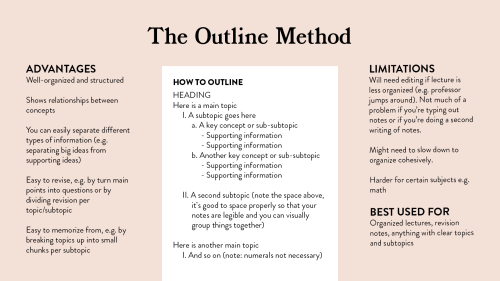
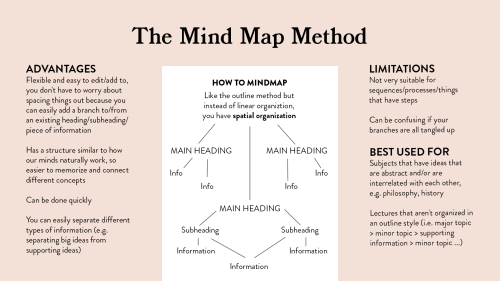

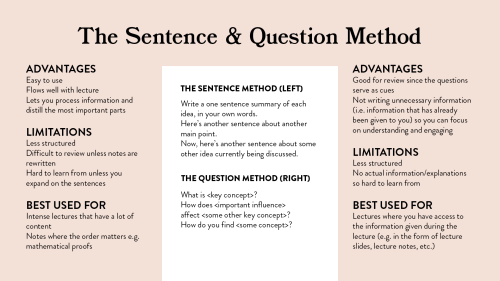


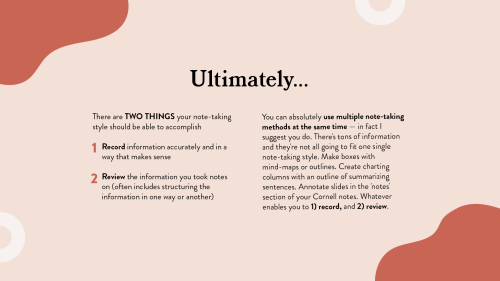
An Overview of Note-Taking Styles
Note-taking is one of the most essential skills a student should master. It allows you to record and review information to be used in the future. But what’s the best way to do so? Here’s an overview of note-taking styles that can help you maximize your learning!





